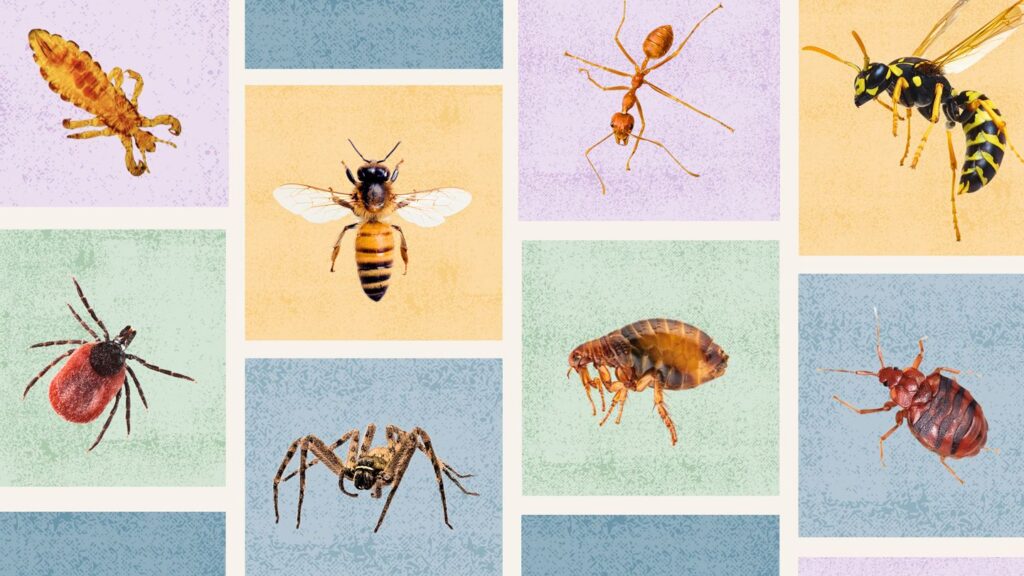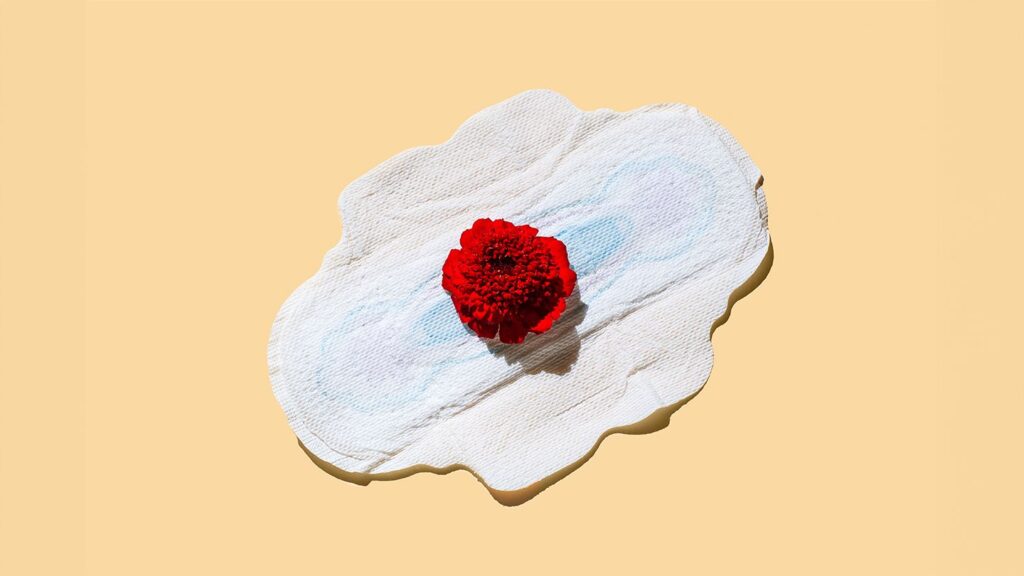The keto flu isn’t inevitable, and you’ll be able to tolerate the first week of the diet better if you follow these tips.
Reduce Your Carbohydrate Intake Slowly
This is the approach Stewart uses with her clients. She encourages tapering your carb sources, which will be less of a shock to your system. First, cut out foods that have a tendency to spike your blood sugar, like simple carbs (cakes, candy, and sugar-sweetened beverages). Then, you can begin to reduce the portion sizes of other high-carb foods, like grains and starchy vegetables.
Take in Additional Electrolytes
Try a no-sugar-added electrolyte powder that you can add to your water, suggests Malone. Bone broth, which is an electrolyte-packed drink, and more potassium-rich foods like avocados and leafy greens, are also recommended, adds Stewart.
Consider MCT Oil
“Medium-chain triglyceride (MCT) fats can be useful because they enter the bloodstream directly as a fuel source,” says Malone. “They can be a good way to get a bit of an energy boost while the body is still ramping up ketone production,” she explains. MCTs, often available as an oil or powder, can be mixed into shakes and smoothies, incorporated into salad dressings, added to your coffee, and more.
Stay Hydrated
Don’t underestimate your body’s need for water. “If we can get ahead of dehydration in the early days of starting the diet, you can avoid a lot of these symptoms,” says Stewart. She recommends keeping your water bottle handy throughout the day.
Listen to Your Body
Finally, if you’re fighting fatigue, make sure that you’re resting in the early days of the diet, says Stewart. Don’t put pressure on yourself to maintain an intense exercise routine or push through your normal day-to-day. Give yourself some time to get through this period, and you’ll start to feel like yourself again in no time.



